Understanding The Basics of EV Charging
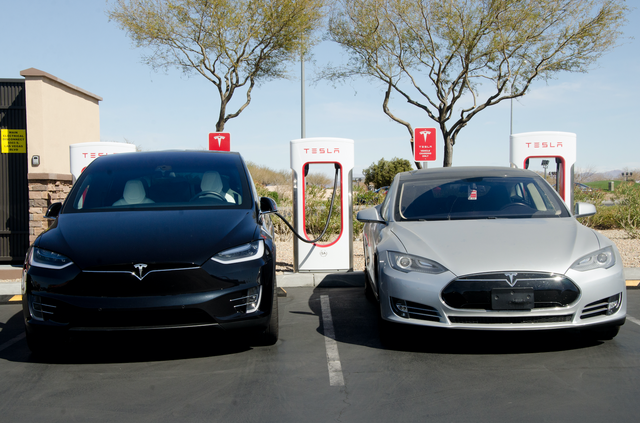
All EV (Electric Vehicles) or “electric cars” require charging. The EV get their power from batteries, usually Li-Ion, the same type used in laptops and smartphones. Once battery power has been used up from driving an electric car, it needs recharging. To charge an EV battery, a charger is needed and is referred to as the EVSE or Electric Vehicle Supply Equipment. You connect this to your car which has an OBC or On-Board Charger. The EVSE is what delivers power to the EV and its source can be from the grid, solar panels, other battery or an other source that can generate power. The OBC is the device inside the car that manages the flow of electricity to the EV battery. Charging the car requires either a corded charging cable or a wireless charging pad. Most EVSE provide a cord attached to a cable connected to the power source which then plugs into the EV’s charging port.
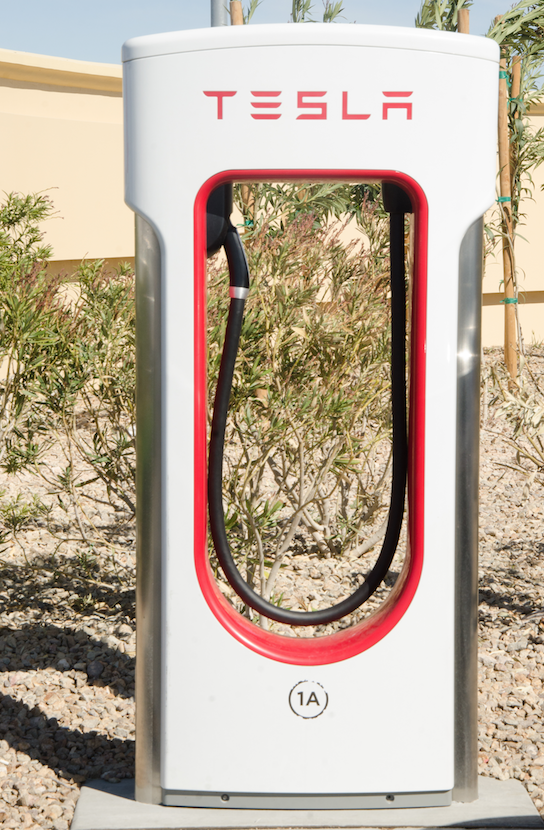
There are 3 types of charging:
Level 1 - Most commonly used for home charging and is readily available connecting charging cord to a 120 V outlet. This is the simplest, but also the slowest type of charging since it only provides 15-20 A. This delivers up to 2.4 kW of power. It can take up to 4 days for a full charge. This is because Level 1 is also called trickle charging since it is the slowest. This is not practical if the EV is driven every day. You can expect 2 miles per hour of charging. Even less if the flow of current is < 15 A. This requires a NEMA 5-15 plug for the car to the wall socket (2 pole, 3 wire grounding).
Level 2 - This requires an outlet that is used by high wattage appliances like a dryer. It requires connecting to a 240 V outlet. This requires an installation by a professional electrician if there is not one available. This is a lot faster with up to 80 A. Many “Charging Stations” provide Level 2 charging service. The amount of power delivered is up to 19.2 kW. This is the most recommended for home charging. Level 2 can charge to full overnight or between 6-8 hours. A range estimate is between 9-52 miles per hour of charging, depending on the flow of current. The plug type most commonly used from the car to the wall is a NEMA 14-60 (3 pole, 4 wire grounding).
Level 3 - This requires charging at a facility with up to 480 V or higher, also called a “Supercharger”. They are also called DC fast charging. This is the fastest type of charging capable of 300 A. This delivers the most power at up to 144 kW. A Tesla can charge up to a range of 170 miles in 30 minutes or 50% capacity in 20 minutes.
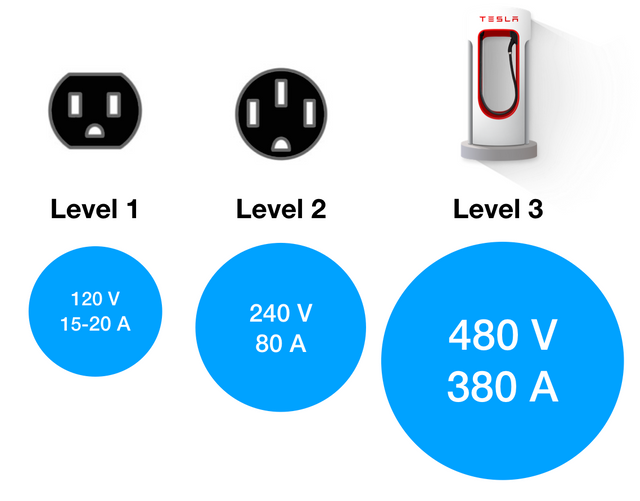
The most common connector is the Level 2 J1772 EV plug. For Level 3, there are different types as listed below:
- Asian: Nissan Leaf, Mitsubishi i-Miev, etc. These cars use the CHAdeMO connector standard.
- American / European: Chevrolet Volt, Chevrolet Spark, BMW i3, Mercedes, Volkswagen, etc. These cars use the SAE Combo CCS standard.
- Tesla: Model S and Model X. Tesla uses its own Tesla connector standard.
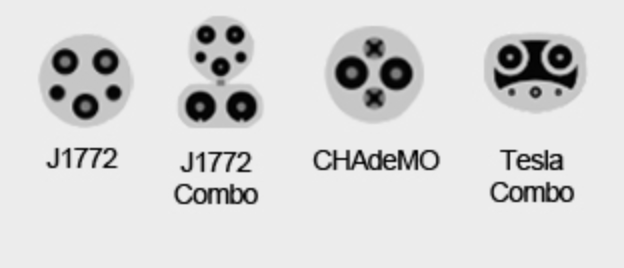
There are two ways you can charge your EV.
Plug-in Chargers - This must be manually connected to your charging port each time you charge. A cord connected to an EVSE provides charging power back to the battery. This is available at home for Level 1, Level 2 and Level 3 charging stations.
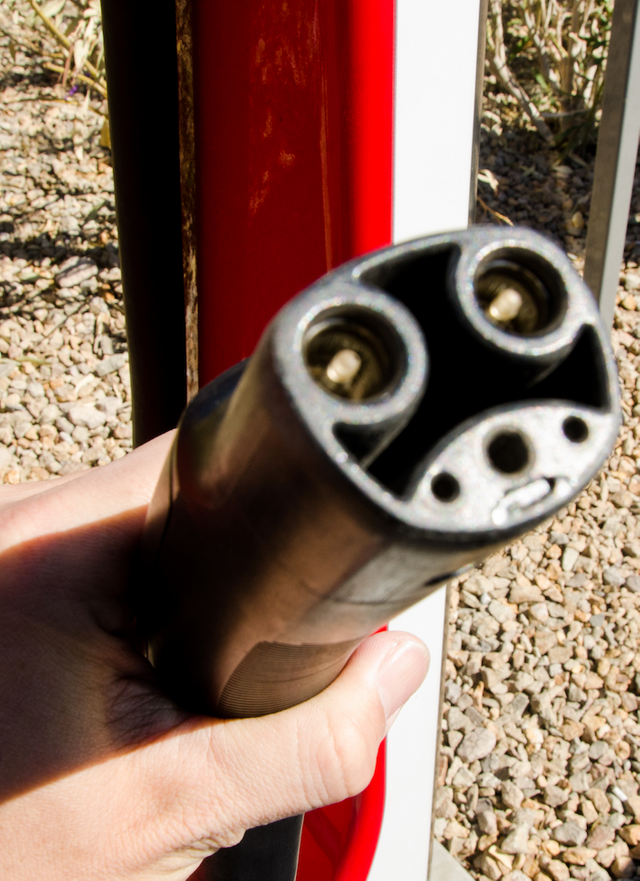
Plugless Chargers - This enable autonomous and wireless charging, mostly Level 2. A Vehicle Adapter receives energy over an air gap from the charging pad that sits on driveway or garage floor. Your EV charges autonomously in your normal parking space. There is no physical contact between the charging pad and the car. The pad enables inductive charging which is also used in wireless charging systems. Availability will depend on the facility. This can also be installed at home by a specialist or vendor.
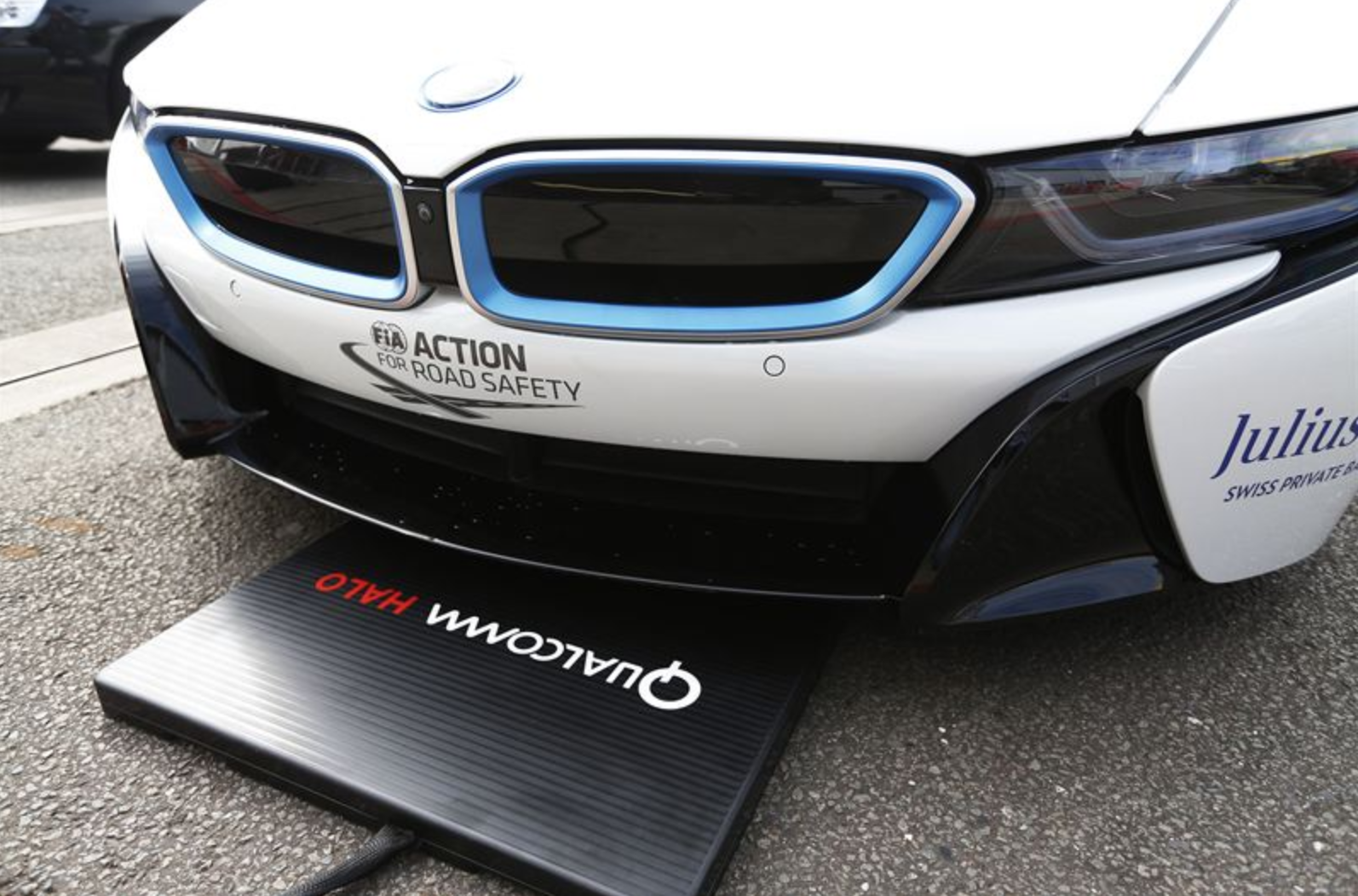
There are different charging stations available and this also depends on the make and model of the car. For example, Tesla maintains their own network of charging stations including their supercharging facilities. They EV makers offer locations from their own website or you can ask their representative for more information about this. It will become important when planning long road trips.
At the moment, EV charging takes time. It is not instant or as fast as pumping gas. The system is improving as new designs in battery will introduce faster charging that goes beyond today’s supercharging.
Suggested Reading:
Locating charging stations for EV:
https://www.chargepoint.com/
@therealwolf 's created platform smartsteem scammed my post this morning (mothersday) that was supposed to be for an Abused Childrens Charity. Dude literally stole from abused children that don't have mothers ... on mothersday.
https://steemit.com/steemit/@prometheusrisen/beware-of-smartsteem-scam
nice summary, thanks